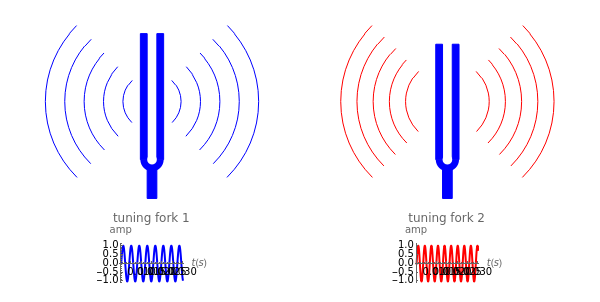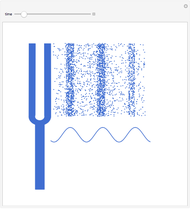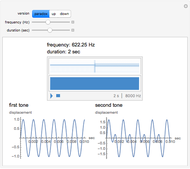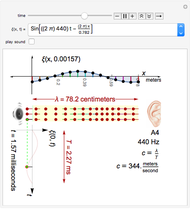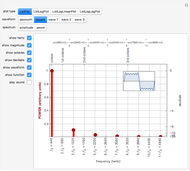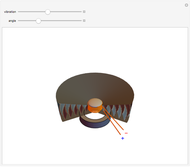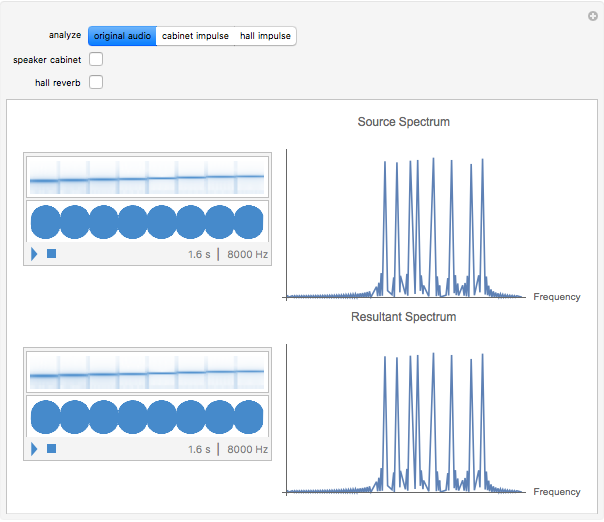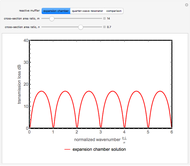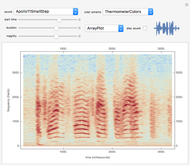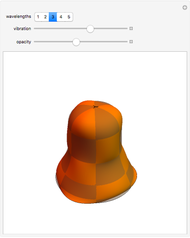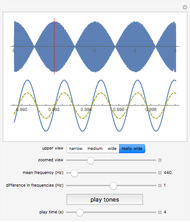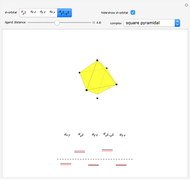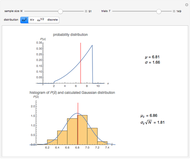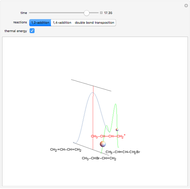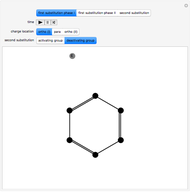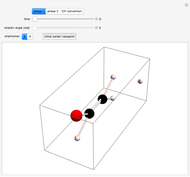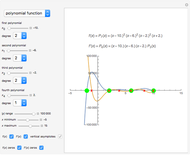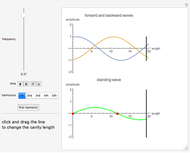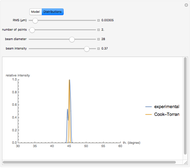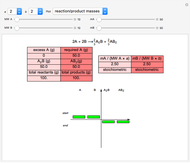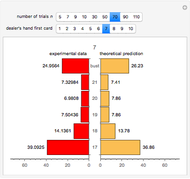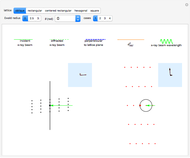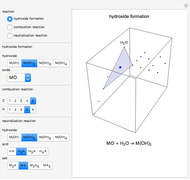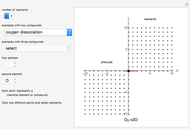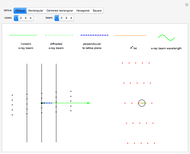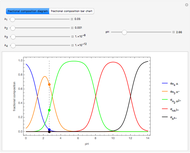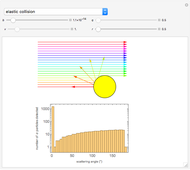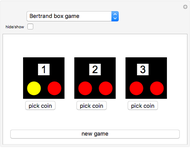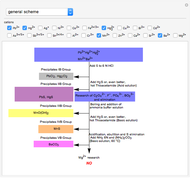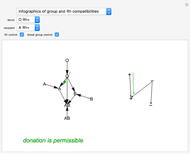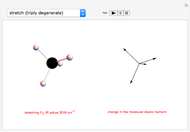Beats Produced by Two Tuning Forks

Requires a Wolfram Notebook System
Interact on desktop, mobile and cloud with the free Wolfram Player or other Wolfram Language products.
Beats are interference patterns between two sounds of slightly different frequencies. In this Demonstration, beats are produced by sound waves emitted by two tuning forks. You can vary the frequencies and listen to the sound waves. The frequency depends on the length of the tuning fork. You can propagate the waves in time using the "time" button.
[more]
Contributed by: D. Meliga and S. Z. Lavagnino (November 2016)
Additional contribution by: A. Ratti
Open content licensed under CC BY-NC-SA
Snapshots
Details
Snapshot 1: two tuning forks vibrating at the same frequency; the resulting sound obtained by summing the two waves shows a doubled amplitude but the same frequency
Snapshot 2: two tuning forks vibrating at slightly different frequencies; beats are generated and the amplitude value about zero is highlighted in green in the "beat pattern" graphic, because the waves in the "waves combined" graphic are almost out of phase
Snapshot 3: two tuning forks vibrating at slightly different frequencies; beats are generated and the maximum amplitude value is highlighted in green in the "beat pattern" graphic, because the waves in the "wave combined" graphic have nearly zero phase difference
References
[1] F. S. Crawford Jr., Waves, New York: McGraw-Hill, 1968.
[2] The Physics Classroom. "Interferences and Beats." (Nov 28, 2016) www.physicsclassroom.com/class/sound/Lesson-3/Interference-and-Beats.
Permanent Citation
"Beats Produced by Two Tuning Forks"
http://demonstrations.wolfram.com/BeatsProducedByTwoTuningForks/
Wolfram Demonstrations Project
Published: November 29 2016
